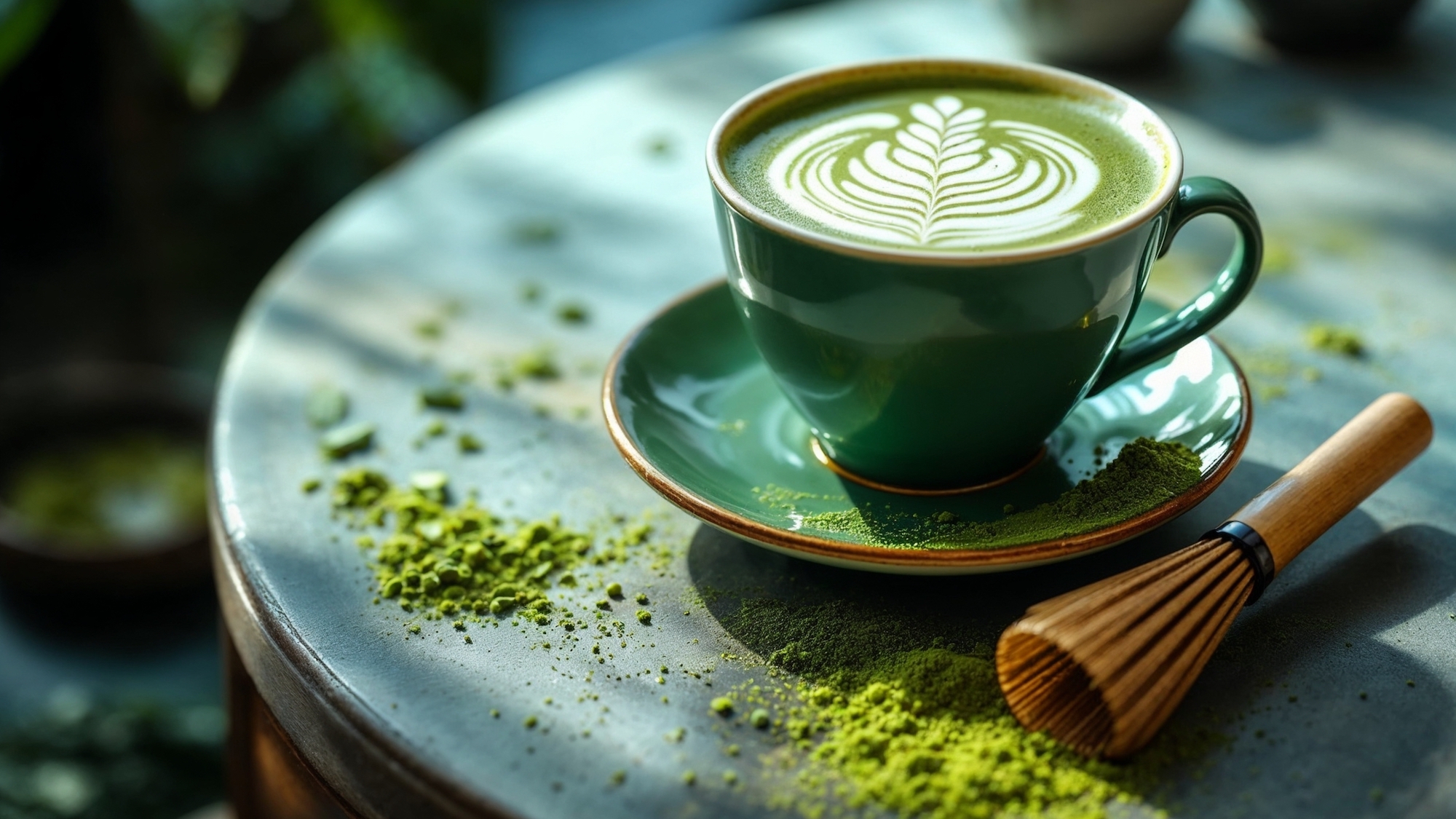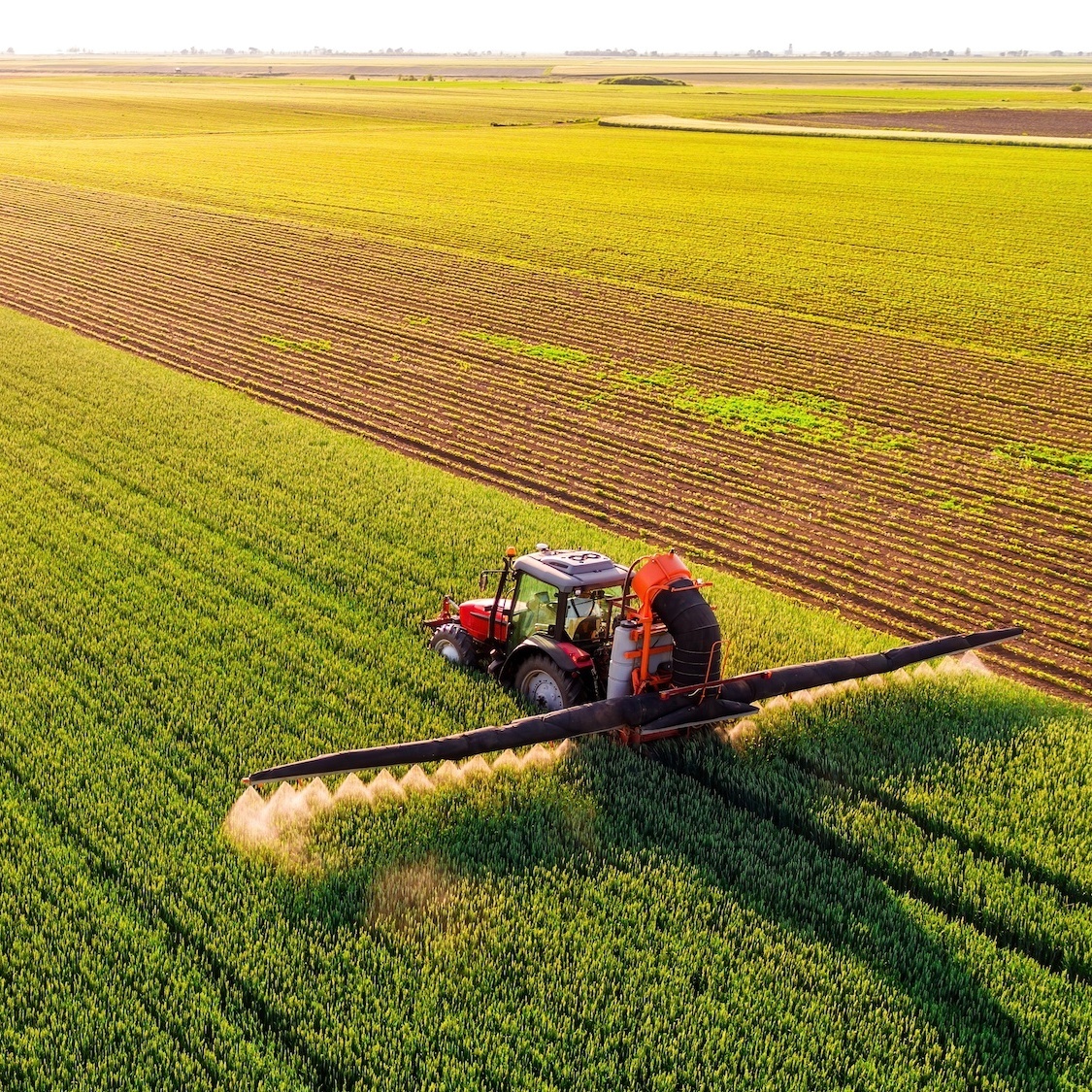It's been the star drink since 2024. Both on social media and in Parisian cafés, matcha is experiencing a success that's constantly growing. And why not? The benefits of this green drink are numerous: a great alternative to coffee for energy, relaxing properties, antioxidants, and it even promotes gut health. So, on the surface, this Japanese green tea powder seems to check all the boxes for the perfect drink. However, the excitement is so intense that a global shortage is on the horizon.
Voir cette publication sur Instagram
A risky popularity
It comes in drinks but also in ice cream, pastries, and even cookies. In Paris, it's rare to find coffee shops that don’t have a matcha offering. This green tea powder originating from Japan is mostly produced in the land of the Rising Sun, as tradition dictates that it be used for tea ceremonies.
Voir cette publication sur Instagram
Particularly popular on social media, the #matcha hashtag boasts no less than 8.7 million posts on Instagram. In fact, data from the Ministry of Agriculture, Forestry and Fisheries (MAFF) confirms it: the demand for matcha has almost tripled, jumping from 1,471 tons in 2010 to 4,176 tons in 2023. It's a huge success that could, however, backfire on the beloved drink. Last December, Ippodo, a matcha producer in Japan, stated that demand had exploded beyond all expectations, necessitating limits on orders to one product each, as revealed by Le Monde. Like Ippodo, many producers are facing similar challenges.
ucteurs have suddenly faced unexpected stock shortages.
A long and precise production process
The trendy side of this drink, in addition to its daily use, might be making matcha a particularly rare commodity. The issue is that producing this green powder is quite complex. A tea plant takes five years to reach maturity and produce tencha leaves that can be harvested and ground. Even if new trees were planted now to help address the shortage, they wouldn’t be usable until at least 2030. Additionally, the grinding requires precision and a temperature that only allows for 30 to 40 grams of matcha tea to be ground per hour. Will this green drink become a luxury product? Everything suggests so!that this could very well be the case in the coming months.
See this post on Instagram



